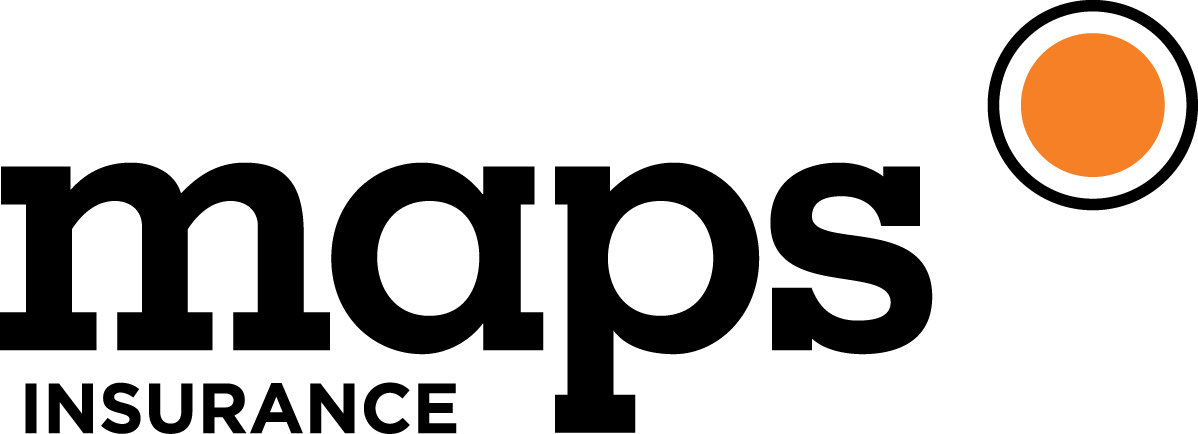Homeowners and renters’ insurance play a crucial role in safeguarding your property and belongings. It is meant to provide financial protection in the event of unforeseen circumstances, but for many of us, it’s a big investment. So, it’s not a surprise that there is a lot of misinformation surrounding insurance policies. There are countless “cost-saving insurance hacks” out there, but how do you know if you are really protected? How do you know you are getting your money’s worth? We’ll answer that question by first addressing some of the most common home insurance myths in circulation.
Renters’ Insurance Myths
Myth: I don’t need insurance. My landlord’s policy covers everything.
Reality: Your personal belongings are not covered by your landlord’s homeowners’ policy.
Many renters assume their landlord’s insurance covers their personal belongings. However, a landlord’s policy typically only covers the structure, not your personal items. You’ll need your own renters’ insurance policy to protect your possessions from events like theft, fire, or other covered perils—and many landlords require you to keep an updated policy.
Myth: Renters’ insurance is expensive, and I can’t afford it.
Reality: Renters’ insurance is generally a lot cheaper than homeowners’ insurance. It averages about $20 a month.
Renters insurance is surprisingly affordable, with policies starting at just a few hundred dollars per year. The cost is influenced by factors like coverage limits, deductible amounts, and your location. Shop around for quotes and consider bundling with other insurance policies (like your auto insurance) for potential discounts.
Myth: My roommate has renters’ insurance, so I’m covered.
Reality: Unless you are related or your name is listed on the policy, you are not covered.
You share Netflix and cereal with your roommate but you shouldn’t share insurance. In fact, most insurance companies require roommates to be individually covered. You may be able to meet landlord insurance mandates by sharing a policy but know that if you choose this option, your belongings are likely not covered. You can, of course, list everyone’s name on the policy, but there are downsides to that as well—including complicated claims, limits on coverage, and a shared insurance history.
Myth: I don’t own enough stuff to need renters’ insurance.
Reality: It costs A LOT to replace everything you own.
Chances are, you own more than you realize. Consider the replacement cost of everything in your closet. Add to that all your electronics, books, kitchen equipment, and furniture. Take an inventory—even just a cursory one—and calculate the cost of replacing your bed, television, laptop, and couch. If you had to replace everything at once, it could easily cost you tens of thousands of dollars.
Myth: I have a renters’ insurance policy. I don’t need to do anything else.
Reality: Not quite! You probably need to make an inventory list.
Before you sit back and relax, check with your insurance agent about your policy requirements. Chances are, for your coverage to work, you’ll need a home inventory list. A home inventory is a complete list of all the items, especially valuables, in and around your home. It’s crucial in an emergency because if you work from memory, you’re likely to forget items and fail to include them in your claim. Take photos of your belongings and make a note of their estimated value. Store it in a secure place (like the cloud). If a disaster strikes, you can reference the list to make your claim.

Homeowners’ Insurance Myths
Myth: If my stuff is destroyed, my homeowner’s insurance will cover it.
Reality: Without the right coverage, your insurance payout may be far lower than you expect and may not be enough to cover the cost of replacing everything you lose.
If you want to protect all the contents in your home, be aware that—in most cases—not every item is automatically covered. What’s more, even if items are covered, they may not be covered at the value you expect. This is largely because of the difference between Replacement Cost Value and Actual Cash Value for replacing items. While Replacement Cost Value coverage will pay for the cost of replacing an item, Actual Cash Value will only reimburse you for the value of the item on the day it is declared destroyed. Most policies also place a limit on high-value items. This means that expensive, rare, and collectible items (like fine jewelry, art, musical instruments, firearms, and electronics) will need to be appraised by a professional to determine if extra coverage is needed.
Myth: My home insurance covers my home’s market value.
Reality: Home insurance is based on the cost to rebuild your home, not its market value.
Your insurance policy is there to protect you in the event of a disaster. That said, having an insurance policy doesn’t necessarily mean that you will get enough compensation to rebuild your home from the ground up. Ensure your coverage accurately reflects the rebuilding cost to avoid being underinsured.
Myth: If I have paid for homeowners’ or renters’ insurance, my coverage is automatic. I don’t need to make an inventory list.
Reality: An inventory list can make insurance claims more efficient and much easier to process.
Most homeowners’ insurance policies require a home inventory list. In fact, even if your policy doesn’t require an inventory list, it’s a good idea to make one. If you take the time to make a list now, you could save yourself a lot of headaches (and cash) in the future. In the wake of a storm, fire, or break-in, the last thing you’ll want to do is rack your brain trying to remember everything you lost. You don’t have to list every single item you own as part of your inventory, but you should (at the very least) include items of significant value.
Myth: I am covered in the event of a flood.
Reality: Whether you live in a flood zone or not, your insurance policy is unlikely to cover damage caused by a flood.
Homeowners insurance and flood insurance are two separate insurance policies, so you must purchase flood insurance separately if you want to be covered. Even if your home policy includes “Water Backup Coverage”, you may need additional coverage to insure against external and environmental flooding. Water Backup Coverage refers only to damage caused by clogged sewer lines, clogged gutters, failed sump pumps, and backed-up drains (although mold damage may also be included). Flood insurance, on the other hand, (in most cases) covers damage caused by heavy rain, melting snow, rising rivers, and severe storms.
Myth: My homeowner’s insurance policy will cover damage from mold and pests.
Reality: Damage from pests and mold is often not covered because they can be chalked up to a lack of maintenance.
Unfortunately, most homeowners’ insurance policies do not cover damage caused by pests (like mice, rats, raccoons, and termites) or mold. Infestations and mold growth are considered maintenance issues and damage claims related to these issues are likely to be denied. If your homeowners’ policy includes a mention of coverage for mold damage, check the details. When included, mold damage coverage is often dependent on the source of the mold. It is also typically for specified limits that are lower than your full house coverage limit.
Myth: More coverage is a waste of money.
Reality: We sincerely hope you never need to use your insurance policy. But, if you don’t have proper coverage, the damage and resulting costs could be catastrophic.
No one can predict when disaster is going to strike. If we could, we wouldn’t need insurance. If you try to save money by opting for a weak policy, it could cost you greatly in the future. You should, however, shop around to get the best (and most affordable) coverage possible.
How to Make Sense of it All
When it comes to protecting your home, family, and wallet, you need to talk with someone you trust. Don’t be afraid to ask about your options. Share your concerns. Make sure you are covered but don’t pay more than you need to. If you think you are paying too much, talk to the Maps Insurance Team. We’re not tied to one insurance carrier, so we can find you the best coverage for the best price. Above all, remember it is never a waste of money to protect yourself from harm—financial or otherwise.

